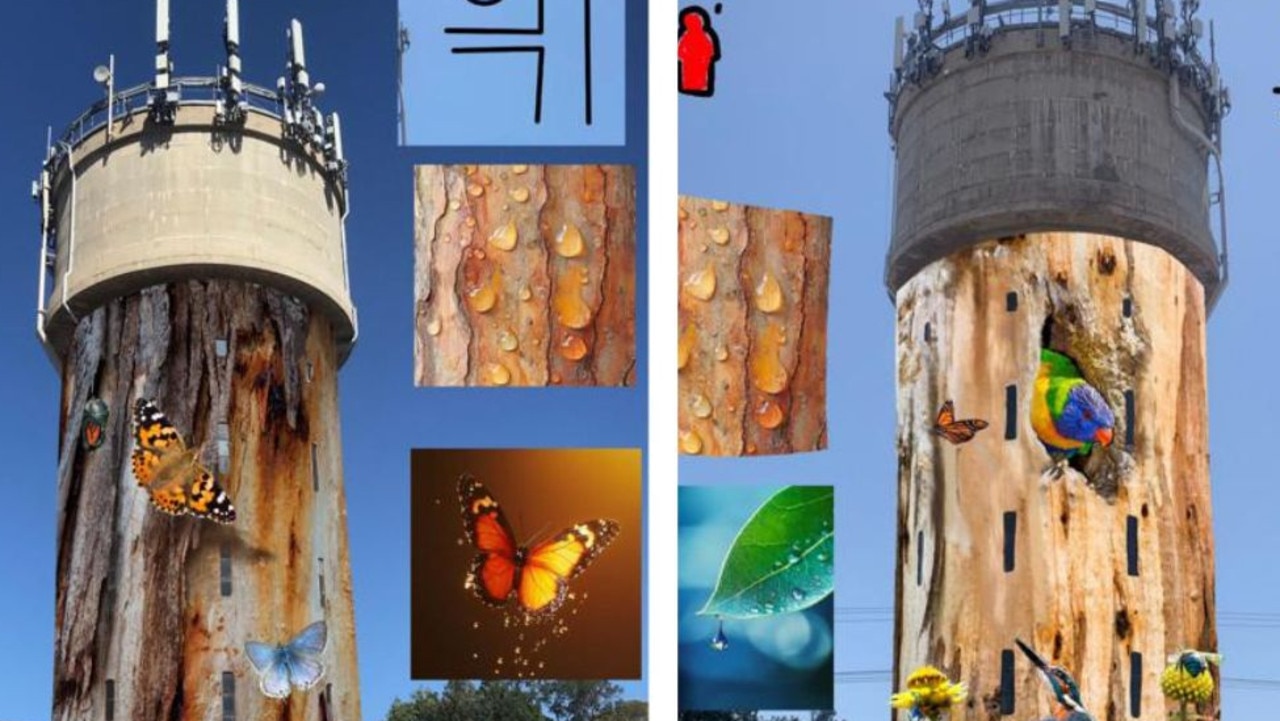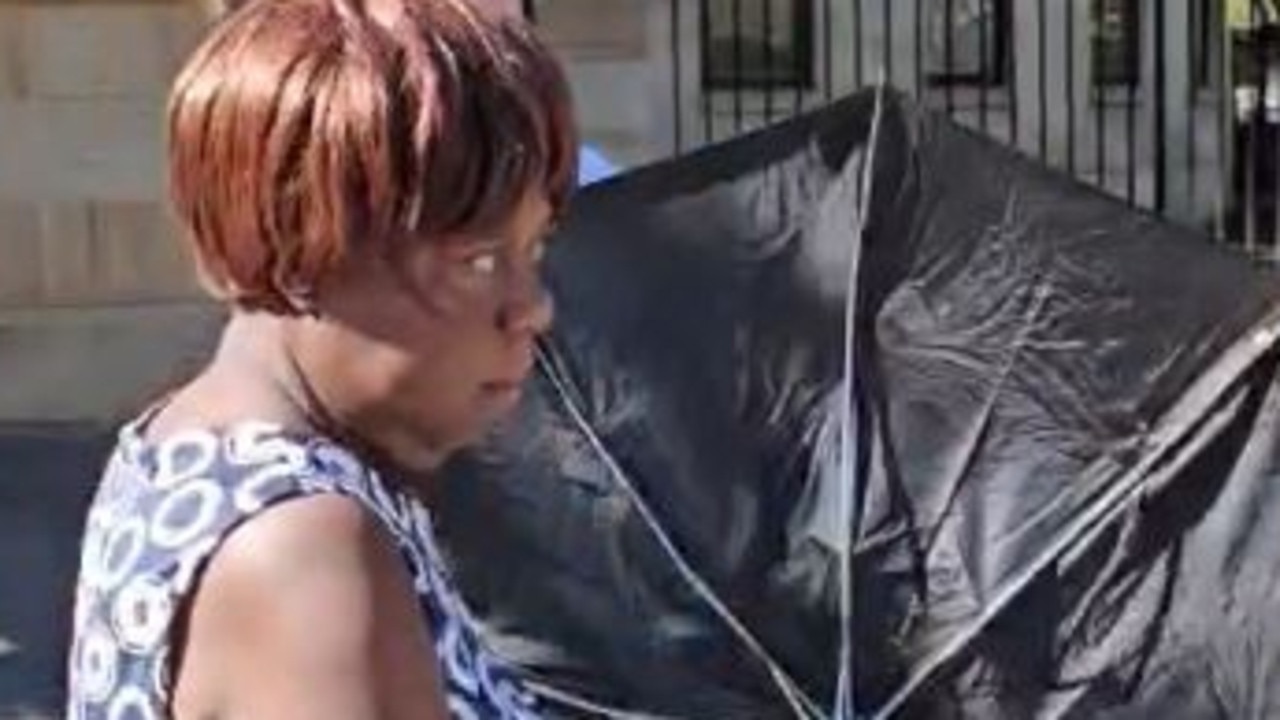Does Adelaide need a tree valuing system like Melbourne to stop needless razing?
TREES in South Australia should be allocated a significant dollar value — similar to a system used in Melbourne where trees can be worth millions — to stop landowners needlessly razing them, a Mitcham councillor has warned. DO YOU AGREE? VOTE NOW
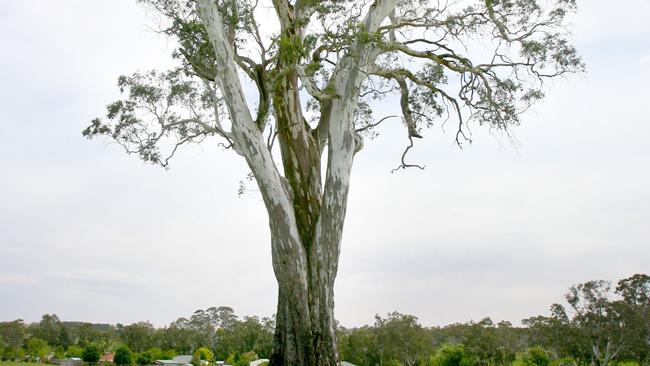
East, Inner Suburbs & Hills
Don't miss out on the headlines from East, Inner Suburbs & Hills. Followed categories will be added to My News.
- Location of lost significant trees in Adelaide’s east kept secret
- ‘You’ll axe 80-odd significant trees, for what?’
- 17 trees on significant tree register cut down without approval
TREES in South Australia should be allocated a significant dollar value to stop landowners needlessly razing them, a Mitcham councillor has warned.
Cr Andrew Tilley told the HillsValley Weekly urgent action should be taken to stop the unwarranted removal of trees by developers and property owners across Adelaide.
He believed placing a significant dollar value on trees — similar to a system used by the City of Melbourne — would severely discourage their axing.
He pointed to a recent case where a tree with a 2.9m-round trunk was removed from a Torrens Park carpark because it was considered to be a nuisance.
A local arborist had officially valued the tree at $175, with that amount paid to Mitcham Council.
In Melbourne, a tree’s financial worth is determined on the basis of its size, species, aesthetics, locality and condition.
The base value of a tree of only 6cm in diameter would be just under $310.
A tree 145cm in diameter — less than half that of a significant tree in SA — carried a base value of a little over $181,000.
Anyone applying to raze a tree was required to compensate Melbourne City Council at the valued rate.
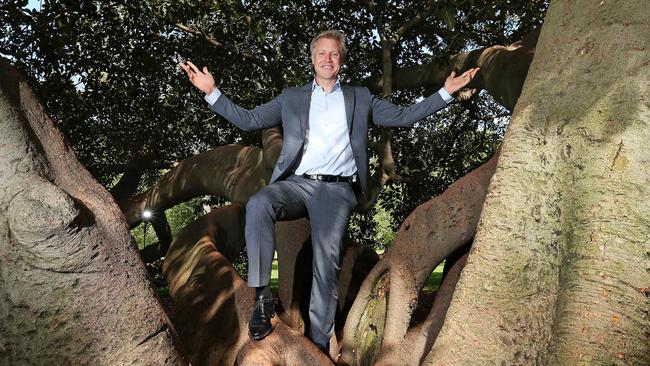
Cr Tilley believed Mitcham — and Adelaide more broadly — had to take strong action to protect its tree cover.
He planned to ask his council to support his push to introduce a value system before November’s local government elections.
“Recently, significant trees in Mitcham have been removed that were on private land because they were seen as a pest,” Cr Tilley said.
“There was no substantial problem with these trees.
“They were seen as healthy, mature trees.
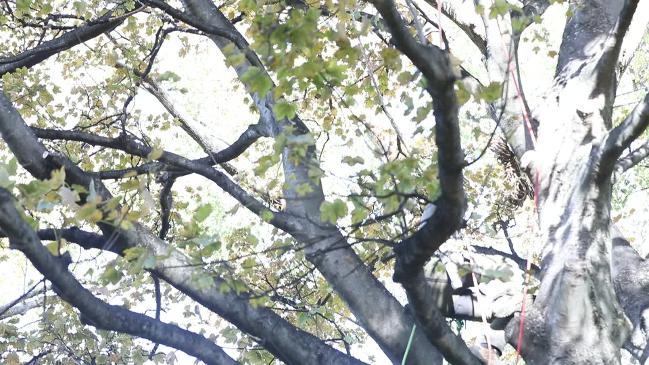
“Once a tree gets to 3m in diameter, its age goes back to almost the beginning of colonisation, if not before, so some of them go back into history … and they contribute massively to the amenity and the feel and heritage and the look of the area.”
He believed the request for a harsher valuing of trees was “entirely” realistic, “necessary” and that tree loss was at a “tipping point”.
“These things need to be incorporated into any development plan of all councils,” he said.
“At this stage, we need to lobby state politicians and the Local Government Association, as well as our local councils.
“We need to put pressure on state parliamentarians to realise this is critical to the future of the look of Adelaide that we all love and wish to preserve.”
Planning Minister Stephan Knoll said he did not have any plans to introduce the system but he was “always open to considering ways to improve our planning system”.

According to a 2014 study of Australia’s tree canopy, conducted by the University of Technology Sydney, Mitcham Council had the second-highest cover in Adelaide at 42.4 per cent.
Adelaide Hills Council came first with 43.7 per cent and Burnside was third on 30.2 per cent.
The National Register of Big Trees lists 26 of the 32 largest river red gums in Australia as being in SA — the 12th largest at Brownhill Creek.

